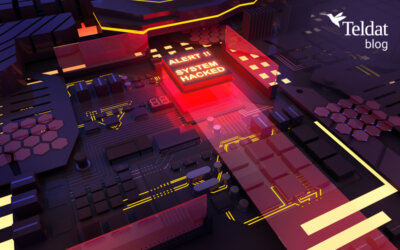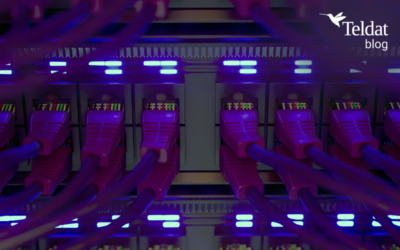
In this blog post, I don’t want to focus on the latest technological advances, I want to focus on how new communications paradigms and new technologies, which are at our fingertips, can be used to improve healthcare.
Communication technology; IoT and APPs for heathcare
Healthcare puts the focus on providing treatment closest to the patient, whether in homes, health centers or even on public transport. The improvement of current services is based on two fundamental factors:
• The broadening of communications at all levels.
• The irruption of mobile devices: Smartphones or tablets.
There are countless apps dedicated to health for the leading mobility platforms. Those for patients with chronic diseases are particularly important, since monitoring such illnesses (symptoms, medication, diet, etc.) can contribute towards improving patients’ wellbeing. These apps enable doctors to more closely monitor their patients’ health, establishing new doctor-patient communications channels.
The apps can be supplemented with IoT measuring devices that can measure various parameters (like heart rate, heart rhythm, respiration rate, blood oxygen saturation, etc.). Said IoT devices can be used in homes or pharmacies. What these apps aim to do is screen patients for anomalies, so they can contact their doctor for further, more accurate tests if something isn’t right.
On-board devices in emergency vehicles and transport
IoT devices usually communicate with other devices through wireless technologies. One of the most noteworthy wireless technologies is Continua’s Bluetooth standard which tries to harmonize communications between healthcare measurement devices and communications hubs.
Another case of IoT, are the devices on ambulances, or even on public transport, that use communications to record biometric data in case of emergency. One project of note currently underway in a Spanish city is creating a real-time map of all the resuscitation defibrillators (including fixed and mobile points) on-board the city’s buses. Thus, in the event of an emergency, the map will show where the closest fixed defibrillators are and whether a mobile defibrillator will be passing by in the next few minutes.
In addition to IoT devices, other common household devices such as games consoles – especially Kinect – are being used. Kinect has a powerful video processing engine that allows creating games for therapeutic purposes. Some of the most noteworthy are those relating to autism therapies, where children with Asperger’s syndrome can interact with the Kinect interface, thereby allowing them to improve their relationship with the environment.
Another product currently available are Smart Speakers, which, using voice speakers, can offer services in connection with a backend of health services. This new paradigm opens new scenarios, such as assistance for the elderly who could use voice interfaces more easily than telephones by asking questions and having answers spoken back to them.
• Have you taken your medicine?
• How do you feel?
• Please take your blood pressure.
And finally, there’s the so-called health tourism, whereby patients travel to other cities or countries to receive quality healthcare at affordable prices. The tourists wouldn’t just receive quality healthcare, they’d also get useful information throughout their stay in their own language (tourist information, shops for making purchases, pharmacies, etc.).
To conclude, we have a wealth of technologies at our fingertips that can be combined with health services and help us to take better care of our own well-being.
























